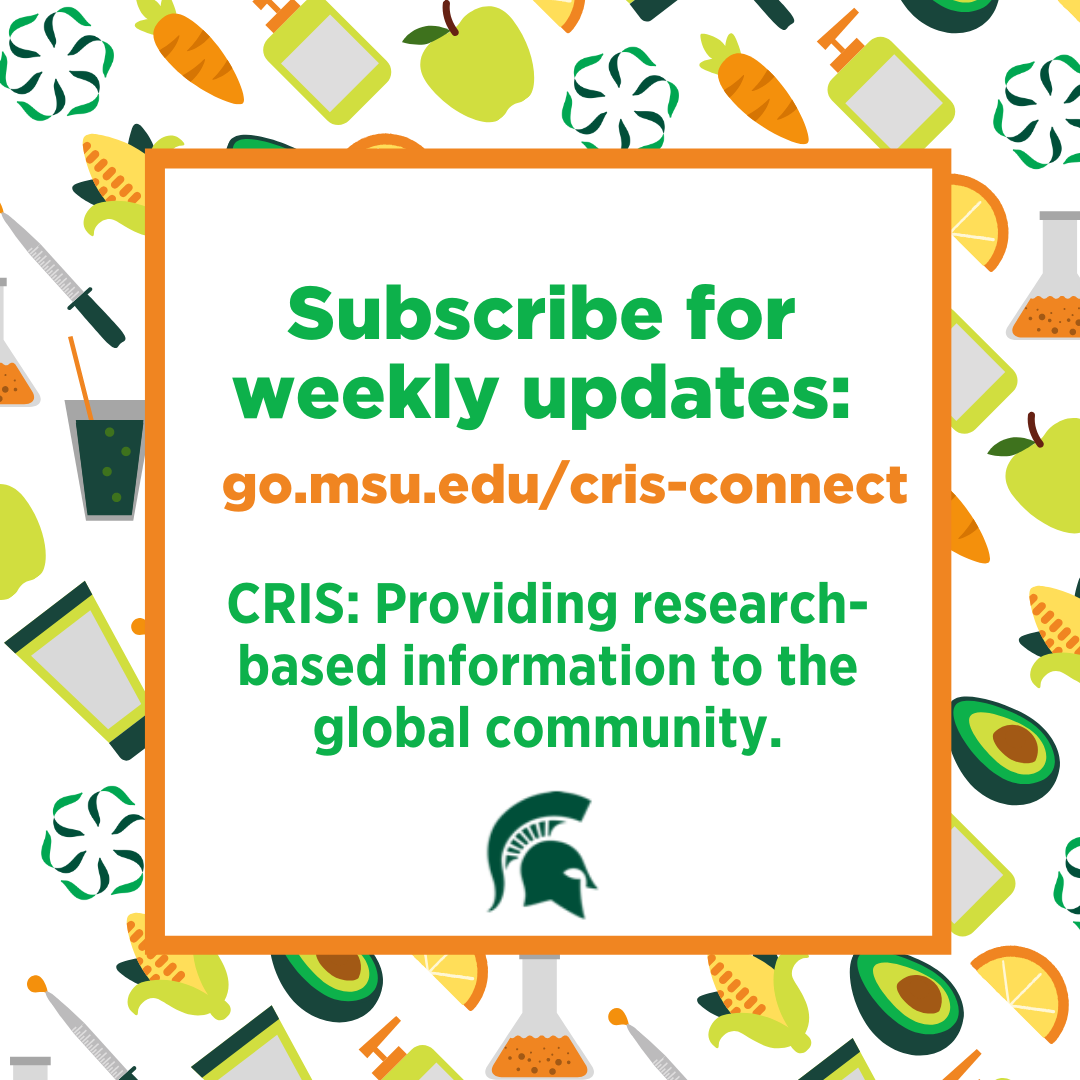Packaging – Plant-based Plastics
In this series, we explore packaging ingredients. This post looks at plant-based plastics poised to replace some of the petroleum-based plastic packaging products.

What are plant-based plastics?
Plant-based plastic materials, sometimes called bioplastics, are biodegradable and compostable polymers developed from renewable biomass sources like corn, straw, and other crops (1).
Polylactic acid is the most widely used plant-based plastic found in novel medical, agriculture, and packaging applications (1,2).
Where can I find food-safe plant-based plastics?
While still a tiny market share, you can find food-safe plant-based plastics used in disposable beverage cups, compostable produce bags, and other single-use plastics.
compostable produce bags, and other single-use plastics.
Are they sustainable?
Yes. Plant-based plastic packaging is sustainable as it comes from plant sources. Unlike most petroleum-based plastic packaging, under the right conditions, plant-based plastics can fully decompose. We can more easily recycle plant-based plastic packaging than petroleum-based plastic packaging (1).
Are there any limitations?
It’s currently an expensive process to make plant-based plastics, representing a small market of current plastic products. While plant-based plastics’ high recyclability and composability potential are environmentally friendly, they do begin to decompose under high heat and in the presence of moisture; thus, limiting their current use potential (1).
Are plant-based plastics food-safe?
The current science supports that plant-based plastics are safe for use as short-term, single-use plastics (1).
Data submitted to the Food and Drug Administration (FDA) shows that plant-based plastics possess low toxicity. Additionally, current research suggests that the potential for the ingredient to migrate from food packaging to food is insignificant (1).
Is it regulated?
The FDA regulates packaging and materials that will contact food through a premarket notification process (1). A premarket notification process involves the manufacturer submitting critical data and safety points around the material, demonstrating that the packaging or contact substance satisfies the FDA’s safety requirements.
To get the required data points, manufacturers enlist researchers to perform a battery of safety tests evaluating the ingredient’s safety profile. Sometimes ingredients found in the packaging or contact materials will be present on food. The researchers will measure this residue in parts per million (ppm) or parts per billion (ppb) (1). Once they have results, they will calculate a safety profile using a risk assessment process.
Are there concerns around these ingredients?
There are a few emerging research areas that scientists are exploring to ensure food safety. These include nanomaterials from biofilms that manufacturers may incorporate into plant-based packaging, unintended contaminants that may migrate from packaging into products, and sustainability concerns if not properly composted (1,2).
We’ve invited speakers to address these issues at our 2021 Science Symposium. More information on our symposium to come.
The good news.
As we decrease our dependence on petroleum-based plastics, plant-based plastics may offer a solution for our single-use plastic needs. Additionally, with proper waste management practices, we can fully compost or recycle many plastic products without introducing new waste into the environment



 Print
Print Email
Email

